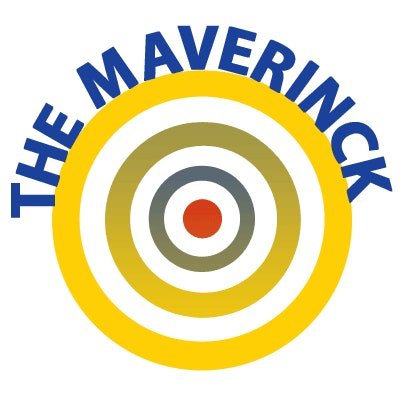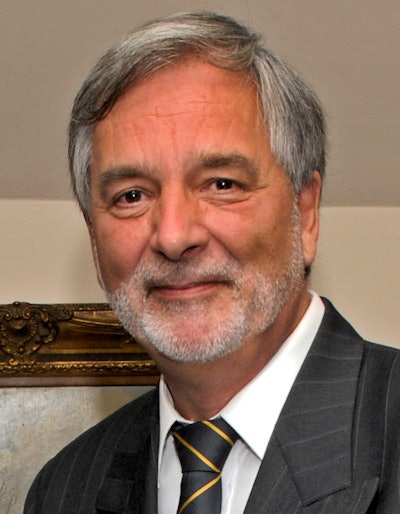
The organization and logistics of medical imaging are changing rapidly in some countries. Independent small private practices are disappearing -- Germany and Switzerland being good examples. We are watching the end of the epoch of the single, independent medical "universal" imaging specialist. So, what's responsible for this important trend?
The legal introduction of medical care centers (MVZs) in Germany some 15 years ago has redefined the framework of radiological care. To many patients, the radiologists' offices might look the same: a thriving medical business. But what was formerly owned by one, perhaps two radiologists who had set themselves up is today part of one of the specialist chains with branch offices in the region or all over the country.
The German radiology market consists of over 1,000 imaging centers and 800 radiology hospital departments with more than 6,800 radiologists. That's approximately 83 radiologists per one million inhabitants -- compared with 68 in the U.K., for example.
 Dr. Peter Rinck, PhD.
Dr. Peter Rinck, PhD.Outside the hospitals, there is a trend toward centralization: buying, advertising on their homepages, Google adverts bringing everything and everybody in one line, and adjusting manpower to the radiological overkill. This overkill is due to a dramatic increase of examinations for diagnostic questions that were not considered necessary some years ago. This also means a rise in specialized and subspecialized radiologists required for the new spectrum of indications. General radiologists have problems surviving on their own.
During the past 15 years, more and more imaging centers have expanded, the number of salaried physicians working for the owner or owners of them has risen sharply, and many practices are organized in networks or purchasing associations.
Rise of entrepreneurs and private-equity firms
In some cases, radiologists have become businesspeople and started acquiring imaging practices or entire centers from colleagues. Dr. Winfried Lessmann is an example here, and his activities have attracted the attention of the media. To generate additional revenue, some of them have helped create wholesale companies for pharmaceuticals, mostly contrast agents.
Several physician-led radiology networks or chains with several hundred employees have been formed during the last decades. One of these company conglomerates and its affiliates see more than three-quarters of a million patients a year pass through their facilities in over 20 cities. In some of these chains, equipment manufacturers have an interest and access to data that might be helpful in developing new applications.
Medical and increasingly nonmedical investors and private-equity firms have moved into the formerly protected healthcare market and started taking over doctors' offices in a number of disciplines: radiology, orthopedics, neurology, rheumatology, dialysis, and even physiotherapy.
Private equity enterprises such as Marcol-Medneo and Triton Partners tend to pursue a buy-build-resell strategy. Commonly, they invest in consumer, health, and industrial companies and in business services. They acquire existing firms, for instance radiological chains, keep them going, and after period of five to six years, search for suitable buyers. They generate the greater part of their returns not from current income during the time they own a company, but from the higher price they score when the company is sold. Often the investors' funds are located in offshore financial centers, primarily the Cayman Islands and Guernsey and Jersey.
The reality of the new landscape
There is also a health-political aspect to the new landscape: the permanent call for more efficiency in medicine and pathetic statements of politicians, insurance managers, and equipment manufacturers, consultants, and investors. They have no medical, practical, or health ethics background, but they are part of an excessive bureaucracy that has to prove that they are all-important and indispensable. It's the old game of gaining a little personal power and making money.
Privately, chain-employed radiologists complain that they realize a gradual loss of quality and efficiency -- just the contrary of what is being preached. There is also a latent fear of a lack of transparency of the intentions of some owners who as laypeople do not understand the possible flaws of replacing some of the radiological evaluations by artificial intelligence (AI) software programs. They are afraid that the radiologists might be forced to use AI to save money and to take the sole responsibility for the risks involved.
Meanwhile, the 50-plus generation of radiologists can look forward to early retirement if it is financially viable for them. On the other hand, younger radiologists appreciate the offer of a better "life-balance" between working and private life. Regular working hours, free weekends, long holidays, less responsibility, and few management and administrative tasks are major attractions for them.
The average salary of an employed certified radiologist in Germany is around 140,000 euros per year. After taxes and health insurance, that's sufficient for a decent middle-class life. However, as one elderly radiologist who retired some time ago told me:
"In the long run, it's not enough any more to build or buy a house for the family. For the younger generation, it will be tight. They don't want to work as hard as we did, but even if they do, they will feel the difference."
"I have worked and paid into the physicians' pension fund for 35 years. I get that pension and a second, smaller one. After taxes and health insurance payments, less than 1,400 euros is left each month. That's not enough to survive. You have to have additional means. Some schoolmates of mine were high-school teachers. Their state pensions and fringe benefits are far better. And the young minister of health just bought a villa for 4 million euros. He is lucky, he hasn't studied medicine."
The French scene
Elsewhere in European countries, independent radiology communities have launched, such as VIDI in France, a network of private operators. By creating an independent association, the founders intended to protect the quality of medical imaging for all patients and facilitate access throughout France to excellent diagnostics and care.
The organization's mission statement is revealing: "We accompany our patients throughout their medical imaging journey, from screening to interventional procedures, from diagnosis to care. The strength of our network is also to give our patients access to a group of radiologists who are highly specialized in all areas of expertise. The radiologists in the VIDI network share values of responsibility, commitment, accessibility and human relations."
The network was created in January 2017, comprising 14 imaging centers with 207 radiologists; in December 2020, the VIDI cooperative network consisted of 50 medical imaging centers in France and included around 900 radiologists working alongside nearly 3600 employees to examine more than 5 million patients per year.



















